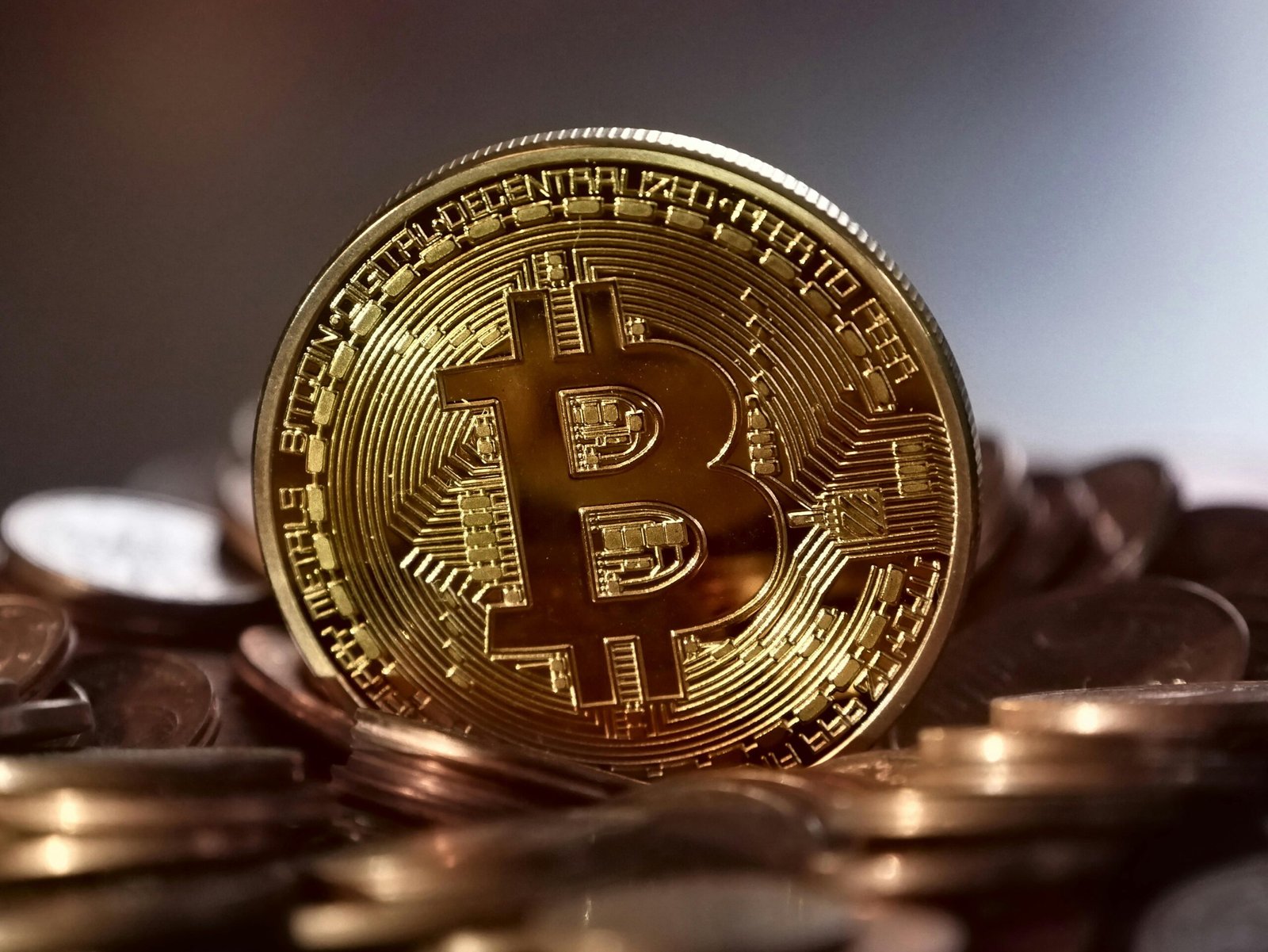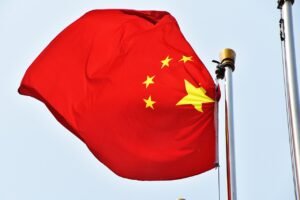Japan’s Inflation Surge: A Deep Dive into the Economic Impact

- Japan’s core consumer prices rose 2.7% in July, driven by escalating energy costs.
- The government plans to resume subsidies in response to rising energy costs.
- The Bank of Japan is considering further monetary tightening measures.
- Global developments, such as potential US interest rate cuts, continue to shape the economic landscape.
Japan’s core consumer prices rose 2.7 percent in July from a year earlier, marking the third consecutive month of increase. The surge in prices was primarily driven by escalating energy costs following the termination of government subsidies, according to data released by the internal affairs ministry. The nationwide core consumer price index, which excludes volatile fresh food, followed a 2.6 percent rise in June. The inflation rate has consistently met or exceeded the Bank of Japan’s 2 percent target since April 2022.
The core-core CPI, which further excludes energy and fresh food to reveal underlying price trends, was up 1.9 percent. These figures underscore the ongoing inflation that has been burdening Japanese households. A weaker yen has also contributed to the rise in import prices, affecting everything from food to energy.
Energy prices saw a significant increase of 12.0 percent, accelerating from 7.7 percent the previous month. This was a result of the government’s decision to end measures that partially covered rising energy expenses in June. Electricity costs were up by a staggering 22.3 percent, the largest increase since the oil shock of 1981, according to the ministry. The price of city gas also rose by 10.8 percent.
Government Response and Market Reactions
In response to the rising energy costs, the government decided to temporarily resume subsidies from September. Among major items, food prices increased 2.6 percent, down from 2.8 percent the previous month, which was affected by bread product price hikes. Prices of rice, Japan’s staple food, were up 18.0 percent, the biggest increase in 20 years, due to lower supply following a hot summer last year and increased consumption by foreign visitors.

Prices for durable goods rose 5.2 percent due to higher demand for air conditioners amid record high temperatures for the month, the ministry said. The trend of rising prices will embolden the Bank of Japan, which announced its second rate hike in four months in July and is exploring the possibility of further monetary tightening, experts said.
Shingo Ide, chief equity strategist at the NLI Research Institute, said, It will definitely be a factor for the BOJ to consider in deciding on another rate hike by the end of this year. He added that the central bank might be waiting until the financial market regains stability after recent volatility, indicating that they will make decisions on additional tightening based on a thorough assessment of the economy’s ability to handle higher rates and the confirmation that the inflation target is met sustainably.
Global Developments and Future Outlook
In other news, Wilmar International, through its subsidiaries, Wilmar Pakistan Holdings and Unity Wilmar Agro, has increased its stake in Pakistan-listed Unity Foods to 42.17%. Unity Foods does the manufacturing and processing of edible oils, industrial fats, flour, and various feed ingredients for Pakistan’s poultry and livestock sectors. Wilmar Pakistan Holdings first announced its intention to acquire up to 277.1 million shares of Unity Foods in a public offer on March 19.
Meanwhile, Federal Reserve Chairman Jerome Powell signaled that the US Federal Reserve could cut interest rates as soon as September. This announcement came after two days of deliberations, with Fed policymakers voting unanimously to maintain interest rates at a 23-year high. However, Powell told reporters at a news conference that the first interest rate cut could come as soon as the Fed’s next rate meeting in September.
In the energy sector, Weiheng Intelligent Technology Co., Ltd. (WEIHENG) and Starpower Network Co., Ltd. (Starpower Network) announced a collaboration to jointly develop smart energy storage system (ESS) technology. WEIHENG is one of the world’s leading and fastest-growing suppliers of integrated ESS, while Starpower Network is a new energy network technology company grounded in blockchain, AI, and IoT technologies.
In conclusion, the recent surge in Japan’s core consumer prices, driven by escalating energy costs, has put a strain on Japanese households and businesses. The Bank of Japan is closely monitoring the situation and considering further monetary tightening measures. Meanwhile, global developments, such as potential interest rate cuts by the US Federal Reserve and advancements in energy storage technology, continue to shape the economic landscape. The interplay of these factors will undoubtedly influence the trajectory of Japan’s economy in the coming months.













Post Comment